The
Two RV Gypsies: Full-Time RVers went to Tybee Island Lighthouse and enjoyed a walk on the beach October 19, 2014 |
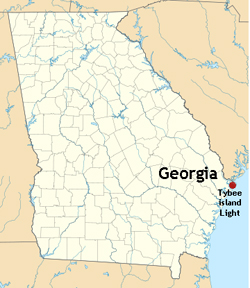 |
|---|
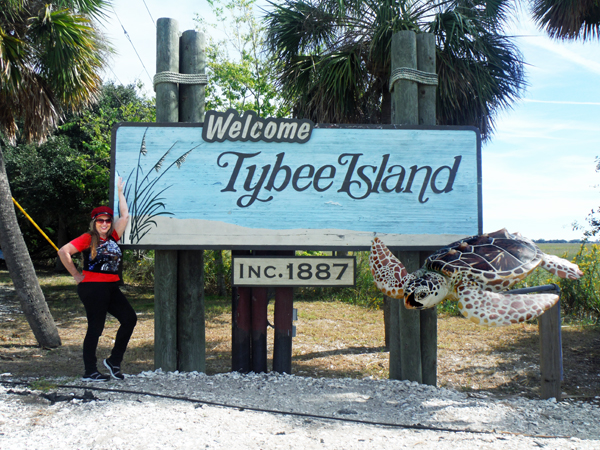 |
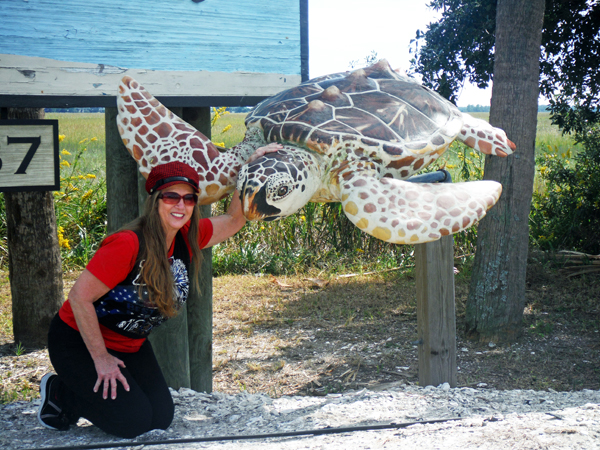 |
|---|---|
Below: Two dolphins |
|
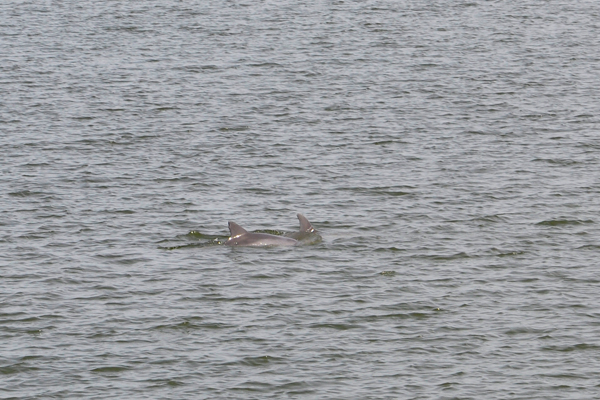 |
|
Below; Tybee Island Light is a lighthouse next to the Savannah River Entrance, on the northeast end of Tybee Island, Georgia. It is one of seven surviving colonial era lighthouse towers, though highly modified in the mid 1800s. |
|
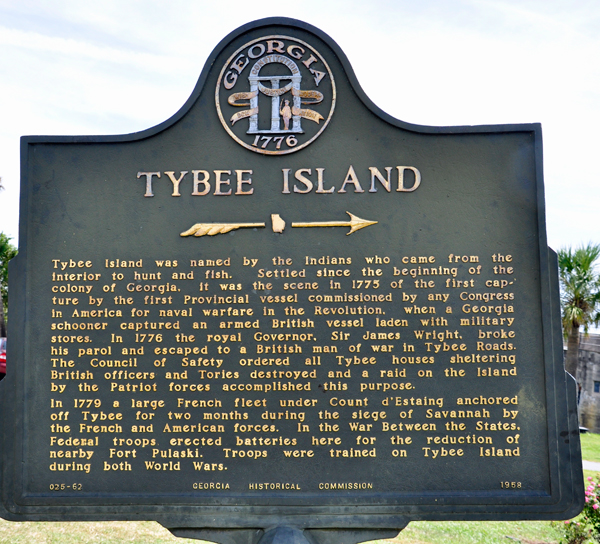 |
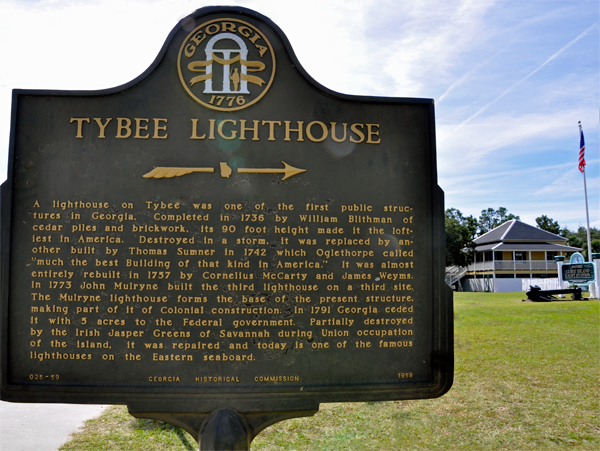 |
|
|
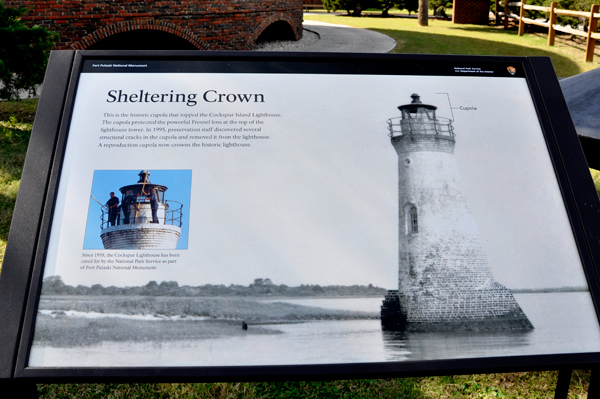 |
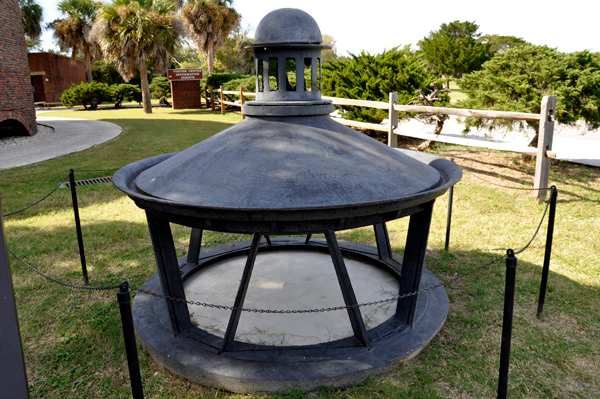 |
|
|
Throughout its life the day mark of the tower was changed several times. Originally all-white, the base and lantern were painted black in 1887; this was altered in 1914 and again in 1916, each time bringing the black at the top further down the tower until the illustrated configuration was reached. In 1967 the whole tower was repainted with a white base and a gray top. The gray faded badly and was painted black in 1970.In 1999 a major restoration project was begun under the auspices of the Tybee Island Historical Society, who took possession of the light station in 2002 under the National Historic Lighthouse Preservation Act. As part of this project the tower was repainted in the 1916-1966 black-white-black day mark. The beacon is still a functioning navigational aid, still using its original lens. The site is open to the public and retains its keepers houses and auxiliary buildings as well as the lighthouse tower. |
|
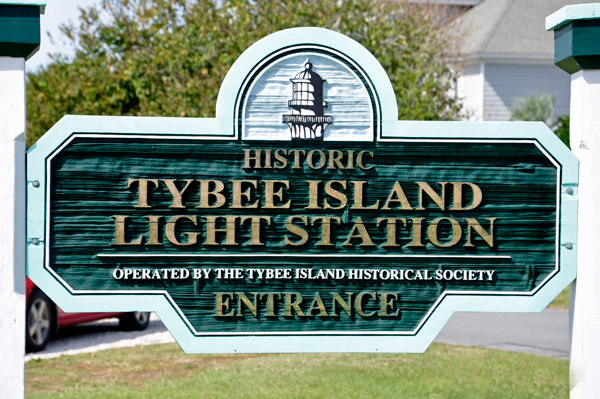 |
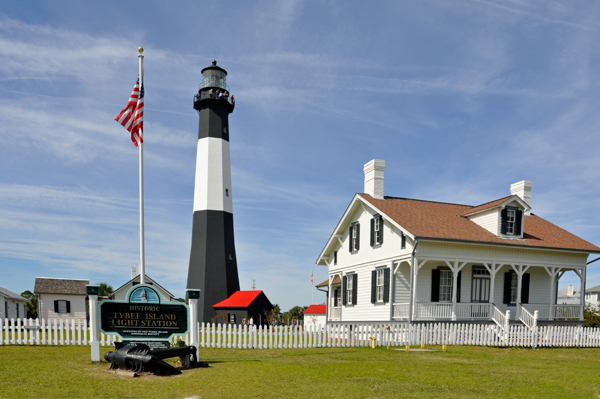 |
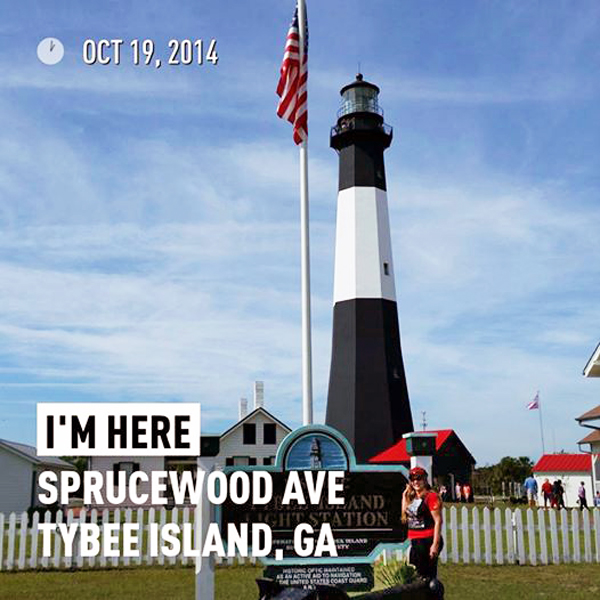 |
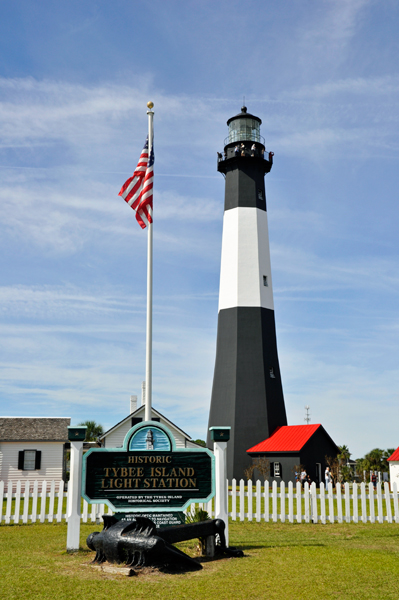 |
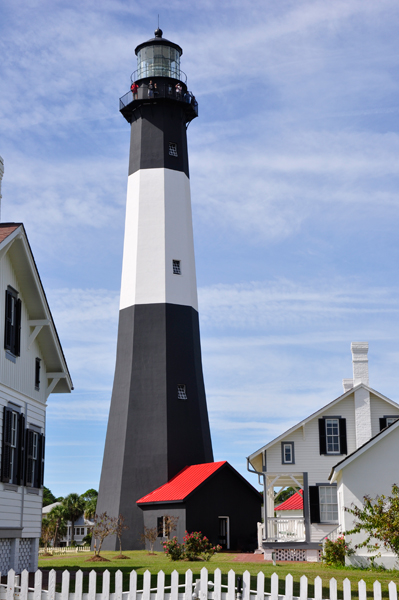 |
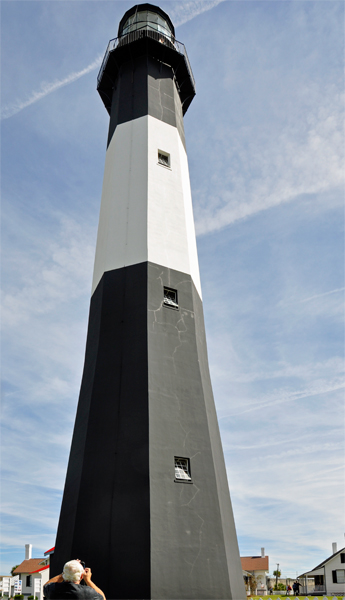 |
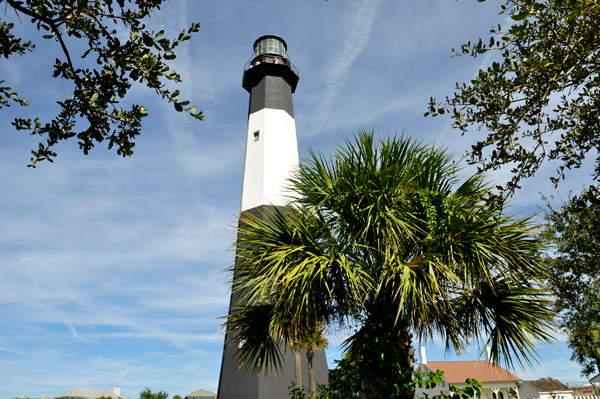 |
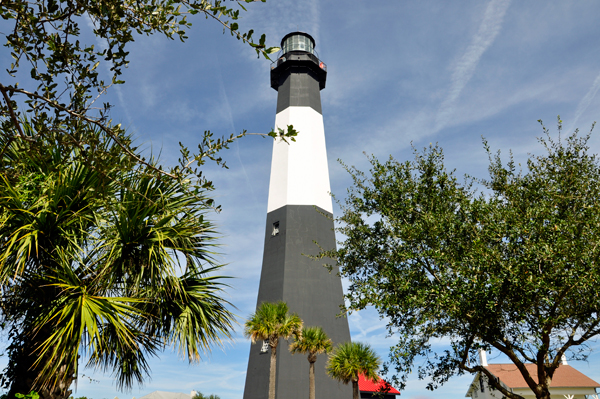 |
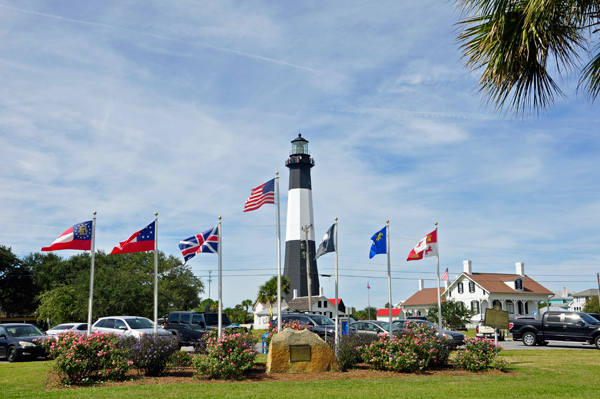 |
|
Below: The two RV Gypsies walked across the street to the beach and got some really great views of the lighthouse from the beach, plus some great views of the ocean. |
|
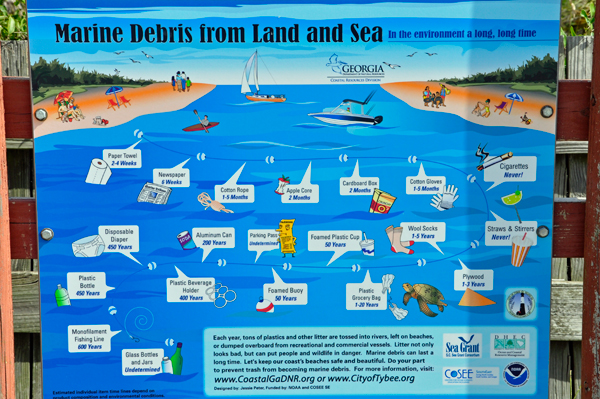 |
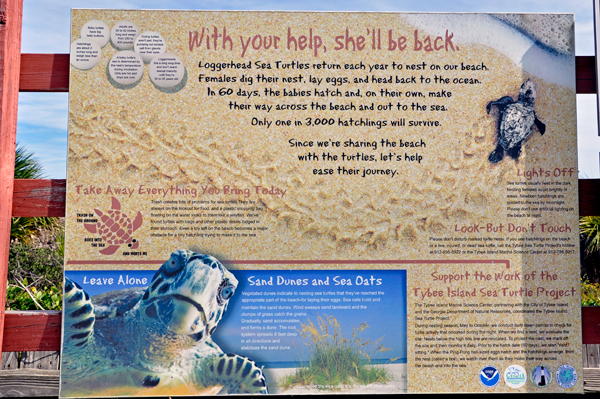 |
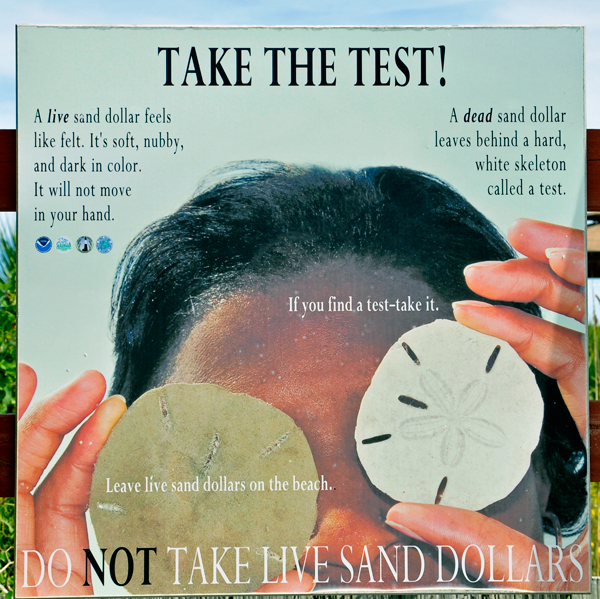 |
|
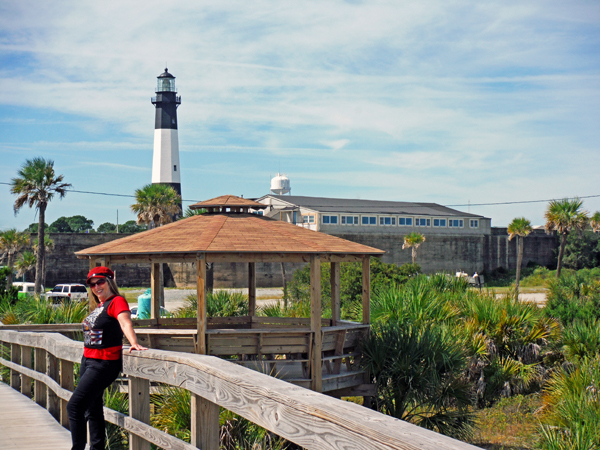 |
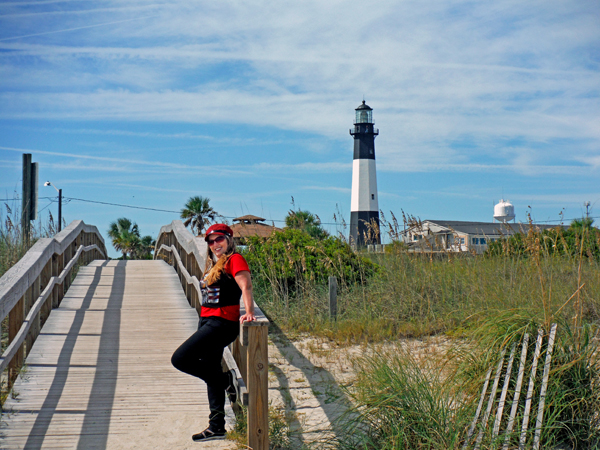 |
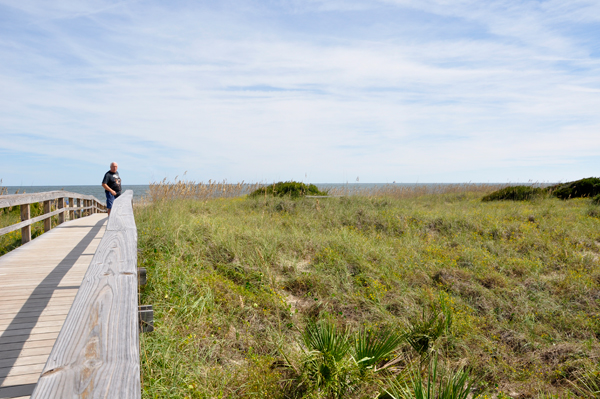 |
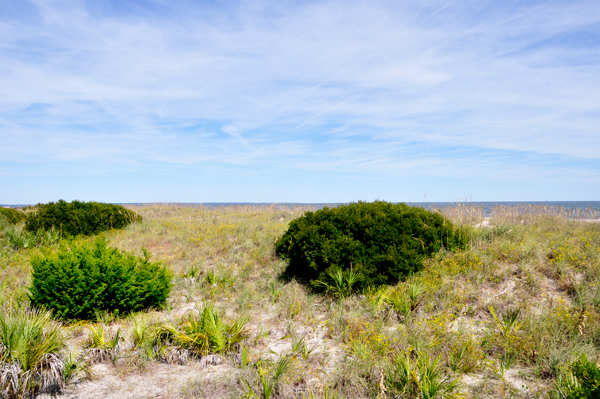 |
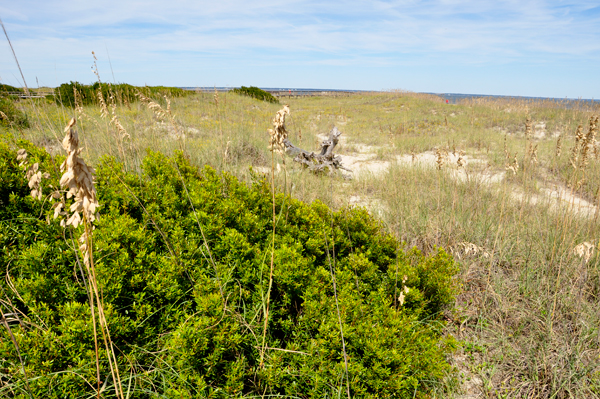 |
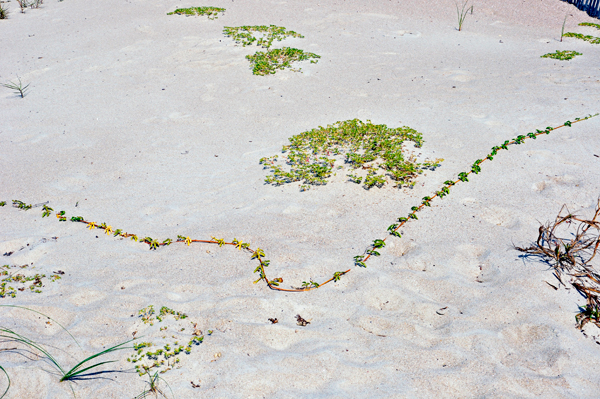 |
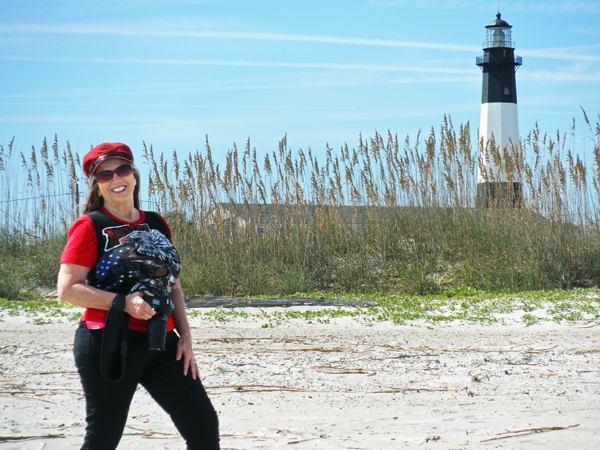 |
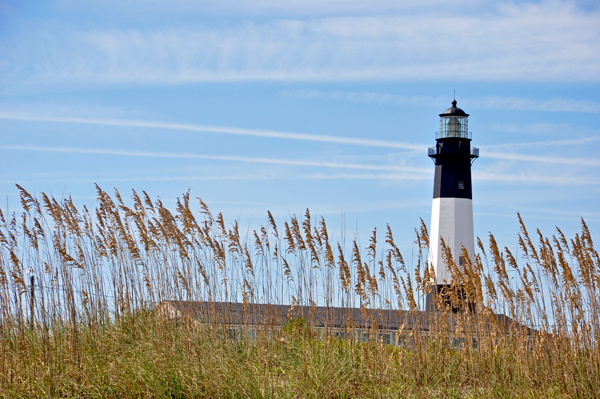 |
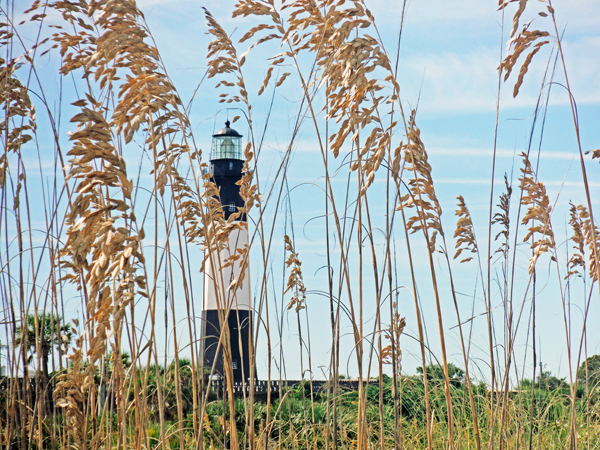 |
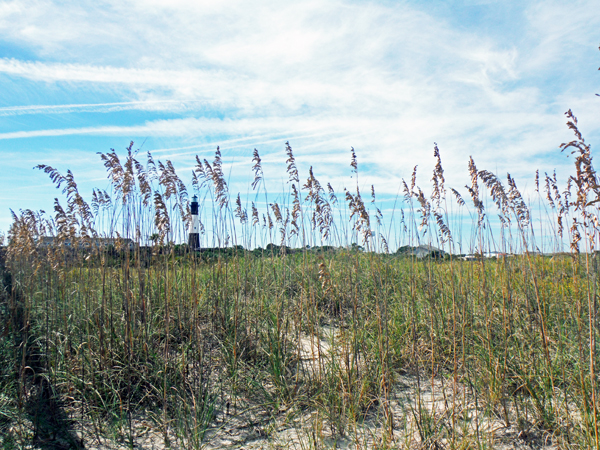 |
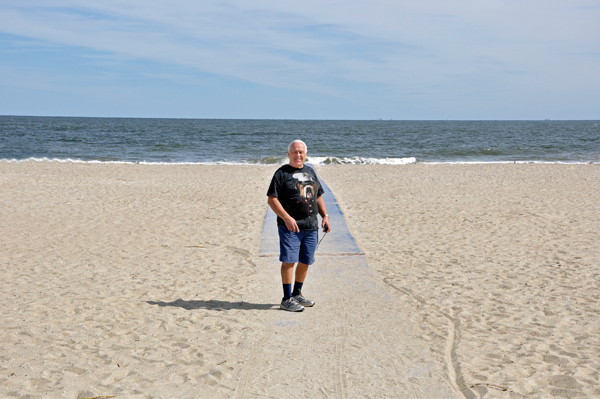 |
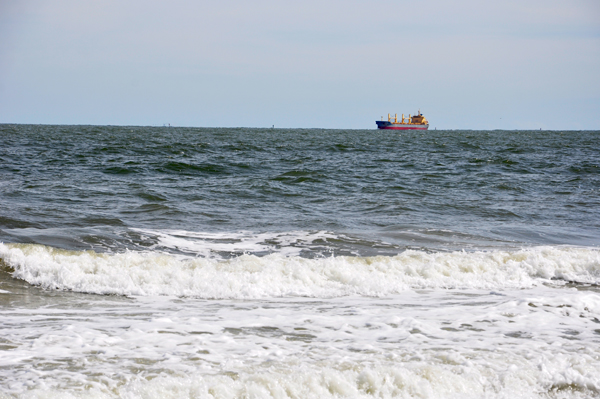 |
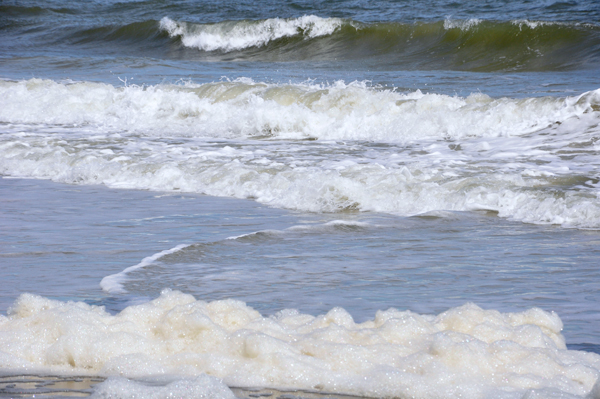 |
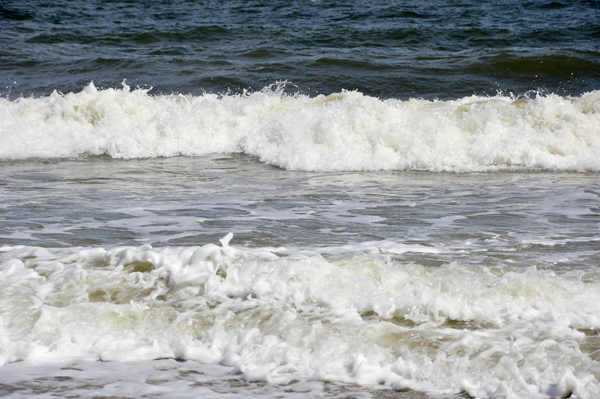 |
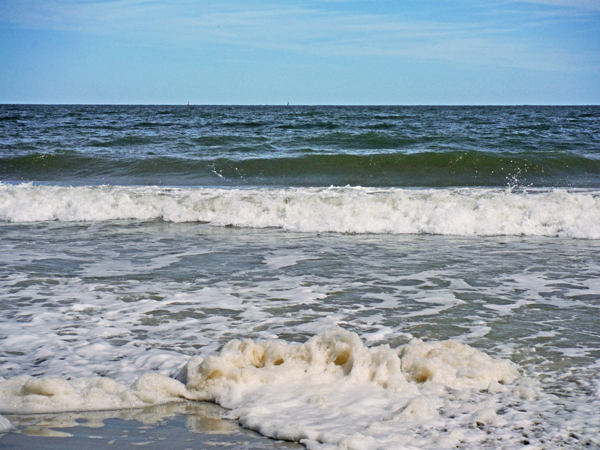 |
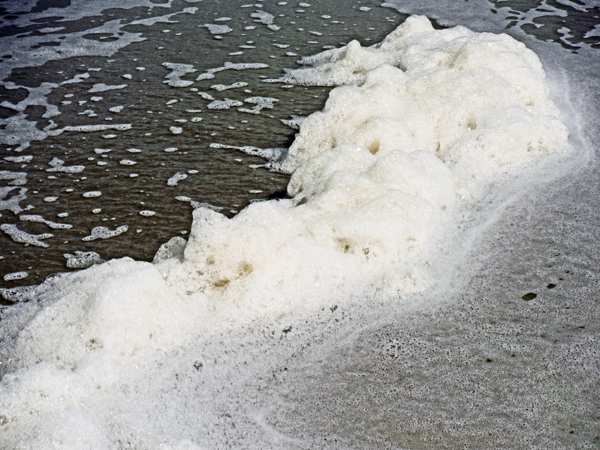 |
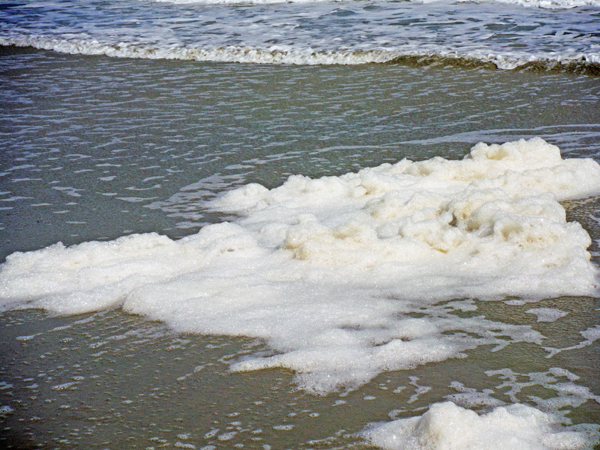 |
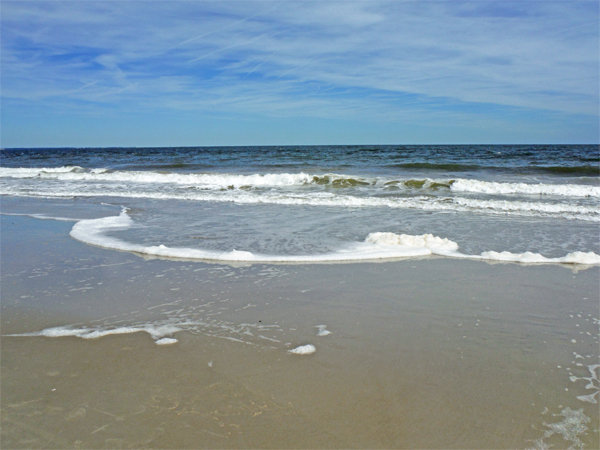 |
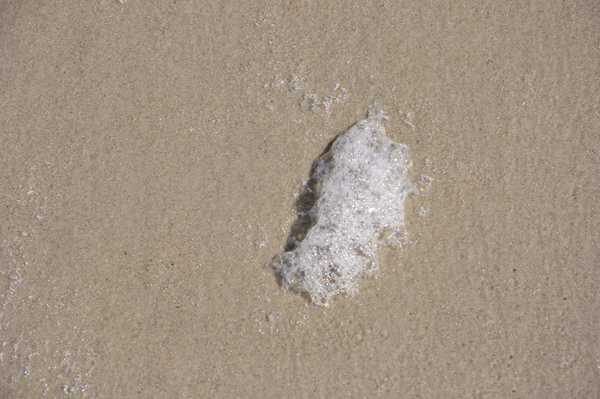 |
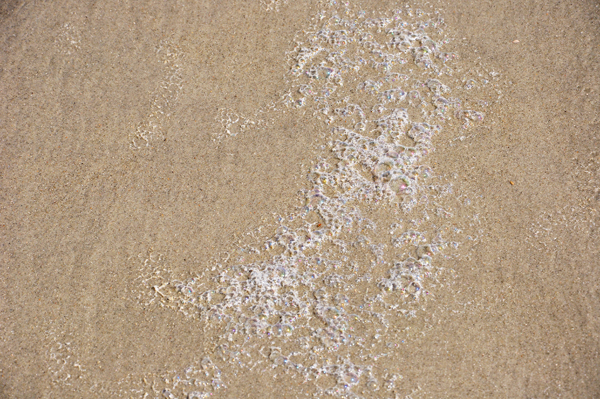 |
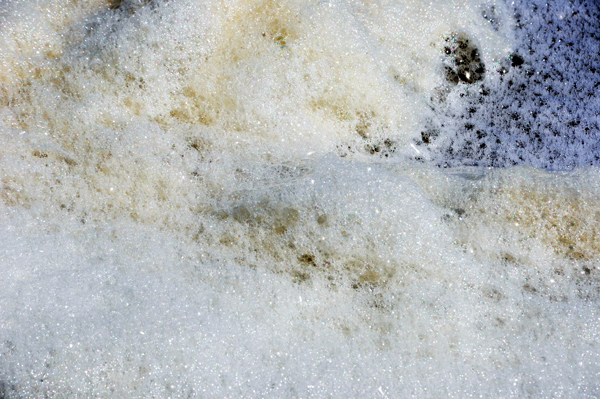 |
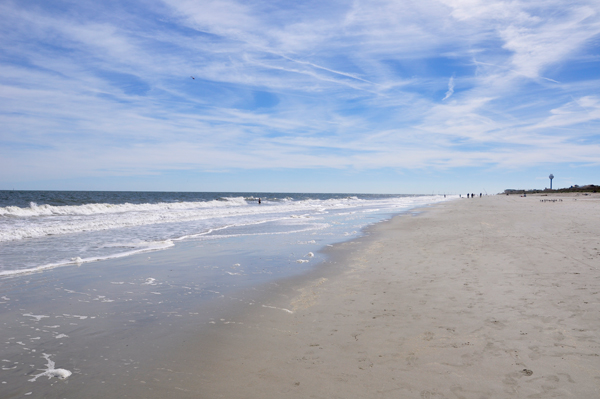 |
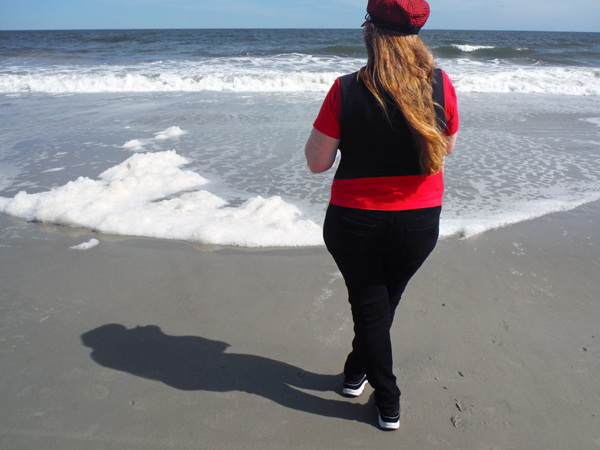 |
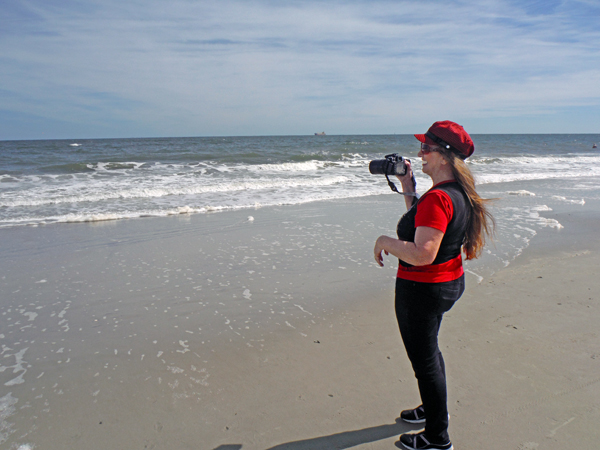 |
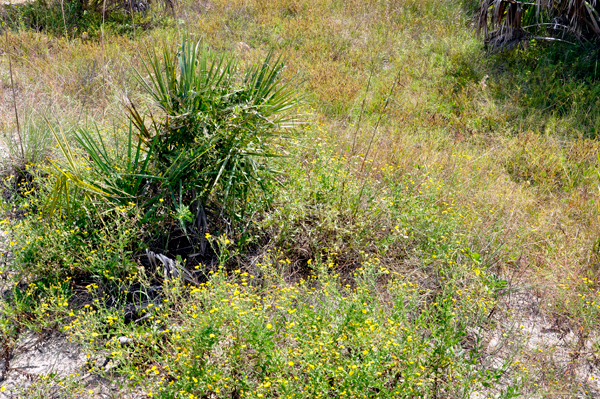 |
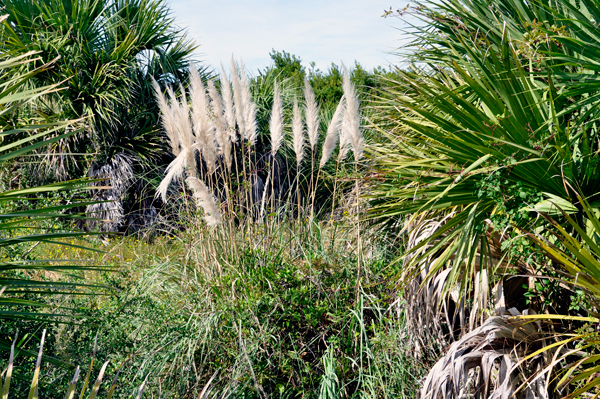 |
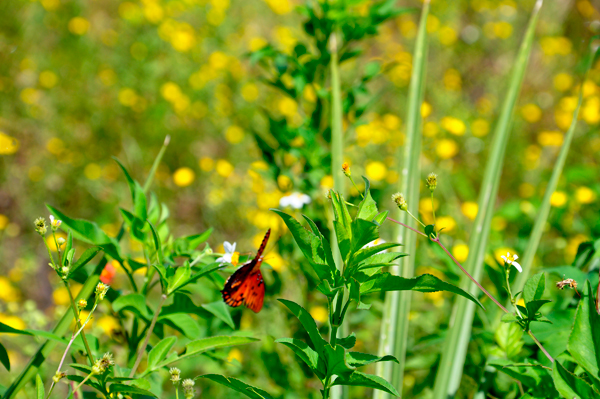 |
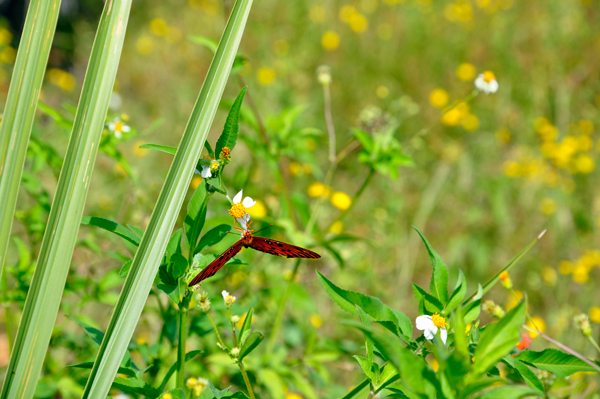 |
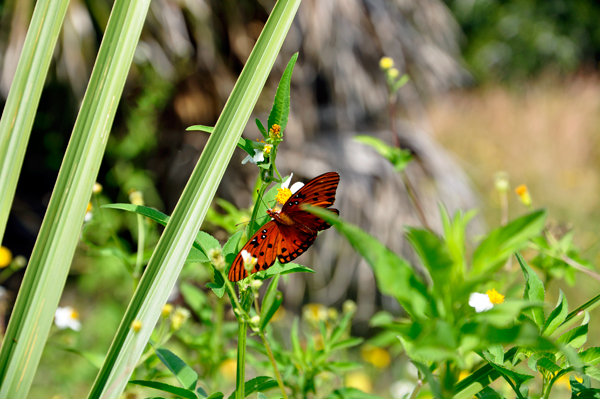 |
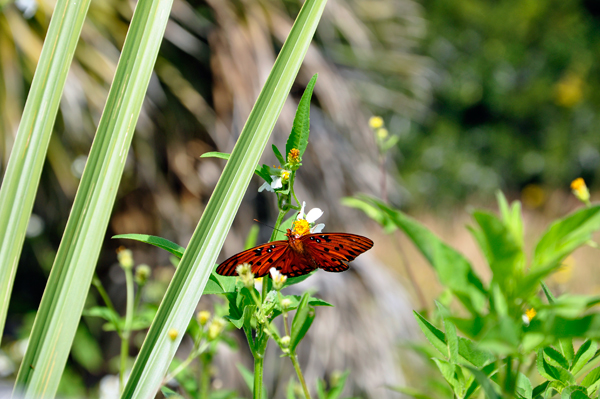 |
Below: A last look at Tybee Island Lighthouse from the beach. |
|
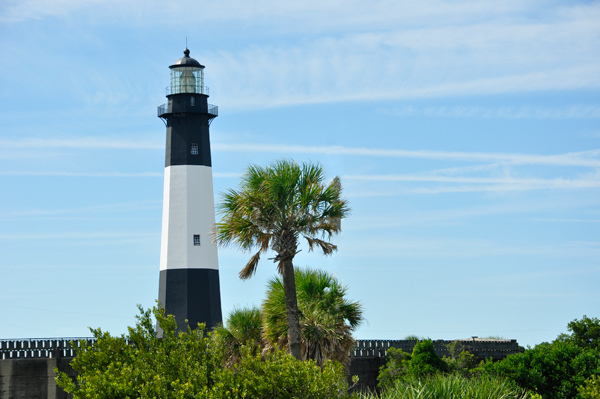 |
|
|
|
 The
current lighthouse is the fourth tower at this station, though neither
of the its first two predecessors were lit. The first tower was built
at the direction of James Oglethorpe and was constructed of wood; erected
in 1736, it was felled by a storm in 1741. The following year a replacement
was erected, this time of stone and wood, but still with no illumination;
instead, it was topped with a flag pole. This tower succumbed to shoreline
erosion.
The
current lighthouse is the fourth tower at this station, though neither
of the its first two predecessors were lit. The first tower was built
at the direction of James Oglethorpe and was constructed of wood; erected
in 1736, it was felled by a storm in 1741. The following year a replacement
was erected, this time of stone and wood, but still with no illumination;
instead, it was topped with a flag pole. This tower succumbed to shoreline
erosion.

























